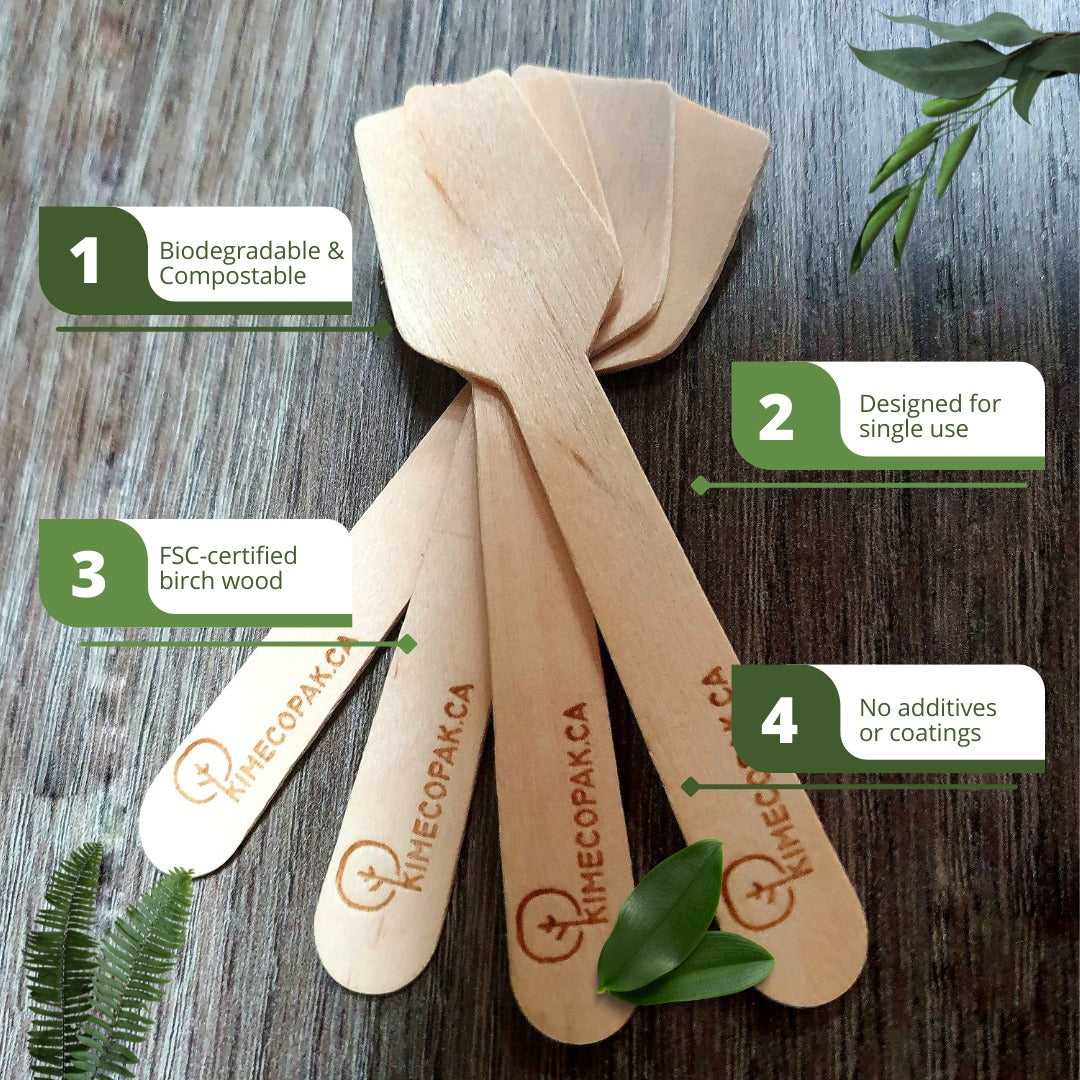In addition to sourcing the freshest ingredients and providing professional service, sushi restaurants are increasingly taking steps to expand customers' knowledge about sushi. Can this effort improve the quality of the customer experience and the restaurant itself? What are the benefits of this action, and how can it be applied to your restaurant? The answers to each of these questions are explored in the following article.
Related: How Can Sushi Startup Overcome Challenges in a Diverse Sea of Sushi Market?
Why Need to Expand Sushi Knowledge for Customers?
Expanding sushi knowledge for customers comes in, creating a win-win situation for both your restaurant and your customer. Here is how:
Benefits for Restaurants
- Competitive Advantage: In a competitive market, knowledge is power. Staff who can explain the menu with passion, recommend dishes based on preferences, and even offer mini sushi talks set you apart from the "all-you-can-eat" joints.
- Improved Customer Loyalty: Happy, informed customers become devoted fans. They'll sing your praises, bring their friends, and keep coming back for more, ensuring a steady stream of fresh faces and familiar smiles.
- Elevated Brand Image: Word travels fast when your restaurant is known for its expertise and passion for sushi. You'll build a reputation for quality, authenticity, and a genuine appreciation for this culinary art form.
- More Informed Staff: Your staff will be more confident, engaged, and proud to represent your restaurant when they're equipped with sushi knowledge. It's a win-win for everyone!
Benefits for Customers
- Deeper Appreciation: Knowledge unlocks a deeper appreciation for the artistry and nuance behind each dish. They'll savor the subtle sweetness of tuna contrasted with the sharp tang of ginger, or understand how the delicate texture of salmon complements the fluffy rice. It's a journey from "it tastes good" to "this is an incredible culinary experience.
- Informed Choices Understanding ingredients, cooking methods, and flavor profiles empowers them to choose dishes that perfectly suit their taste buds and dietary needs. Say goodbye to disappointment and hello to satisfied smiles.
- Flavor Adventures: Knowledge opens the door to exotic fish like mackerel, regional variations like Osaka-style temaki, and creative fusion dishes. It's like handing them a map to a hidden world of delicious possibilities, all within your restaurant walls.
- Engaging Experience: They'll become active participants, asking questions about the fish's origin, the chef's techniques, or even Japanese food traditions. This creates a vibrant atmosphere, fosters connections with your staff, and transforms your restaurant into a hub for sushi appreciation.
Overall, understanding more about sushi and its culture is a win-win for both restaurant and customers. But what are important things about sushi that your restaurant should choose to educate customers? And how you can do to spread these useful knowledges to customers? Explore in the next part.

What Are Things about Sushi that Customer Should Know?
Transform your restaurant from a casual sushi stop to a vibrant hub of culinary exploration by educating your customers about the fascinating world of sushi. Here are some key aspects to focus on:
Essential Knowledge:
- Different types of fish: Educate customers about popular cuts like tuna, salmon, mackerel, and yellowtail, highlighting their unique flavors and textures. This helps them make informed choices and appreciate the variety available.
- Preparation techniques: Explain the differences between nigiri, sashimi, maki, and other styles. Demonstrating simple techniques like using chopsticks can also be engaging. This builds understanding and promotes appreciation for the skill and artistry involved in sushi preparation.
- Seasonal ingredients: Emphasize the use of fresh, seasonal fish and vegetables. Explain how seasonal ingredients impact flavor and quality, encouraging customers to try new and unique offerings. This showcases your commitment to fresh ingredients and adds a touch of exclusivity.
- Basic etiquette: Briefly cover proper chopstick usage, dipping techniques, and traditional dining customs. This demonstrates cultural awareness and enhances the overall dining experience.
Advanced Knowledge (Optional):
- Regional variations: Introduce customers to regional sushi styles like Kansai (vinegar-less rice) or Edomae (traditional Tokyo style). This broadens their sushi horizons and showcases your culinary knowledge.
- Sustainable sourcing: Explain your commitment to sourcing fish sustainably and ethically. This appeals to environmentally conscious customers and sets you apart from the competition.
- Cultural significance: Share interesting facts about the history and cultural significance of sushi. This adds depth to the dining experience and fosters a deeper appreciation for the art form.
By educating your customers about these important aspects of sushi, you can create a richer dining experience, foster loyalty, and stand out from the competition.
How to Expand Sushi Knowledge for Customer?
There are many ways to expand sushi knowledge for your customers, making their dining experience more engaging and enjoyable. Here are some ideas to get you started:
Menu Enhancements:
- Descriptive menus: Ditch the generic names and provide detailed descriptions of ingredients, preparation techniques, and flavor profiles. Highlight seasonal offerings and unique dishes.
- Visual aids: Include pictures of dishes alongside descriptions, or even consider incorporating QR codes for short videos showcasing the preparation process.
- Theme nights: Organize themed nights focusing on specific regions, fish varieties, or preparation styles. Offer special menus and educational talks by chefs or sushi experts.
Interactive Activities:
- Sushi-making workshops: Offer hands-on workshops where customers can learn to make basic rolls or nigiri under the guidance of your staff. This is a fun and interactive way to learn about different ingredients and techniques.
- Sushi trivia nights: Host trivia nights with questions about sushi history, culture, and preparation. This is a fun way to test knowledge and encourage friendly competition.
- Tasting menus: Create curated tasting menus with small portions of different sushi styles, allowing customers to explore new flavors and textures in a guided experience.
Staff Training and Engagement:
- Train your staff: Ensure your staff is knowledgeable about the menu, ingredients, and preparation methods. They should be able to answer customer questions with confidence and enthusiasm.
- Staff recommendations: Encourage staff to make personalized recommendations based on customer preferences and dietary needs. This personalized touch enhances the dining experience.
- Share your passion: Encourage staff to share their own knowledge and passion for sushi with customers. This creates a more engaging atmosphere and fosters connections.
Digital and Social Media:
- Blog and social media: Share informative content on your website and social media platforms. This could include articles about different types of fish, sushi history, preparation tips, or even recipes.
- Interactive quizzes and polls: Engage your audience with interactive quizzes and polls on social media, testing their sushi knowledge and sparking conversation.
- Behind-the-scenes videos: Offer glimpses into your kitchen and the preparation process through short videos on social media. This gives customers a sense of authenticity and transparency.
In conclusion, sushi knowledge is the secret sauce that unlocks a deeper dive for diners and fuels your restaurant's success. Enriching customer knowledge about sushi is a great idea to build a loyal customer base, boost your brand image, make your brand stay competitive in the crowd market.







